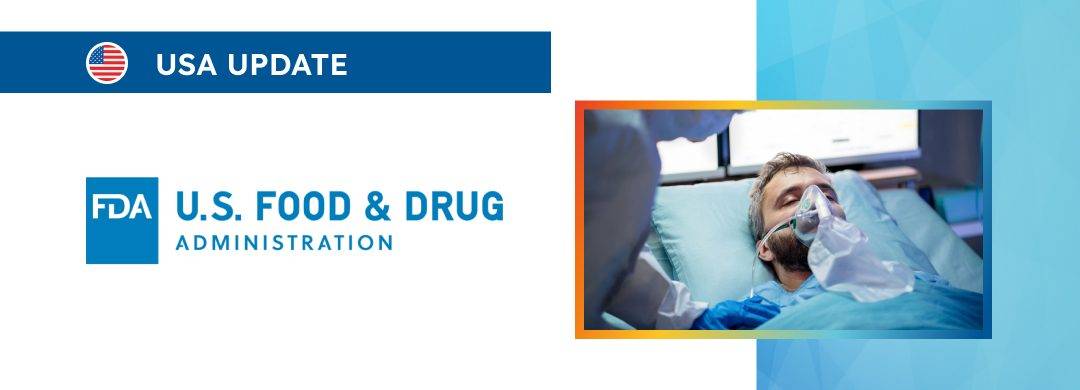The article highlights the key points associated with factors to be considered when determining the eligibility of a medical device type for a third-party review program under the 510(k) framework.

Table of content
The Food and Drug Administration (FDA or the Agency), the US regulating authority in the sphere of healthcare products, has published a guidance document dedicated to the 510(k) Third Party Review Program and (EUA) review.
Once finalized, the document will provide an overview of the applicable regulatory requirements and additional clarifications and recommendations to be considered by medical device manufacturers and other parties involved to ensure compliance.
It is also important to mention that guidance documents issued by the FDA are non-binding in their legal nature, nor are they intended to introduce new rules or impose new obligations.
Moreover, the authority explicitly states that an alternative approach could be applied, provided such an approach is in line with the existing legislation and has been agreed with the authority in advance.
Key Considerations
In particular, the guidance outlines the factors the FDA considers in determining the eligibility of device types for the 3P510k Review Program.
These factors are vital to understanding the FDA’s process and criteria to evaluate medical devices for this specific review pathway.
- Risk Assessment of Device Types: The FDA classifies medical devices into three classes (I, II, III) based on the risks associated with the device type.
Devices are evaluated for safety and effectiveness, considering whether general or special controls are needed.
Due to their higher risk profile, Class III devices are generally not eligible for 3P510k review. - Intended Use and Impact on Public Health: Devices intended for permanent implantation, or those that support or sustain human life, require a detailed public health justification for 3P510k review eligibility.
This involves demonstrating the potential positive impact of the device on public health. - Understanding of the Device Type: Devices with novel technological characteristics or those requiring complex controls, often classified through the De Novo process, may not be eligible for 3P510k review.
The availability and accessibility of information necessary for a well-informed evaluation also play a role in determining eligibility. - Requirement for Multifaceted Expertise: Device types requiring interdisciplinary expertise, such as reviewing complex clinical data, consultation across different FDA components, or novel cross-labelling considerations, are likely ineligible for the 3P510k review.
However, the authority also mentions that devices with more straightforward clinical data may still be eligible. - Postmarket Safety Data: Devices with safety concerns, such as those subject to high-risk recalls or safety communications, may be ineligible for 3P510k review. An example is the removal of duodenoscopes from the program due to safety signals associated with their reprocessing.
- Modification Concerns: If a device type is eligible for 3P510k review, but specific modifications raise new concerns related to the outlined factors, the FDA may deem the submission ineligible upon review.
- Previous Submission Outcomes: If a device previously submitted for 510(k) review did not result in a Substantial Equivalence (SE) decision, that device type is not eligible for the 3P510k pathway for that submitter.
- Database and List Updates: The FDA maintains a product code classification database and a list of devices eligible for 3P510k review, which are updated to reflect the eligibility factors.
This ensures that the status of device types in the database and list accurately reflects their current eligibility for 3P510k review. - Periodic Reviews and Updates: The FDA periodically reviews new device types using the described factors to determine their appropriateness for 3P510k review and updates the database and list accordingly.

Conclusion
In summary, the present FDA guidance describes the essence of the criteria and processes used by the authority to evaluate medical device types for eligibility in the 3P510k Review Program, emphasizing the importance of risk assessment, public health impact, understanding of the device type, need for expertise, safety data considerations, impact of modifications, outcomes of previous submissions, and the dynamic nature of eligibility determination.
How Can RegDesk Help?
RegDesk is a holistic Regulatory Information Management System that provides medical device and pharma companies with regulatory intelligence for over 120 markets worldwide. It can help you prepare and publish global applications, manage standards, run change assessments, and obtain real-time alerts on regulatory changes through a centralized platform. Our clients also have access to our network of over 4000 compliance experts worldwide to obtain verification on critical questions. Global expansion has never been this simple.

